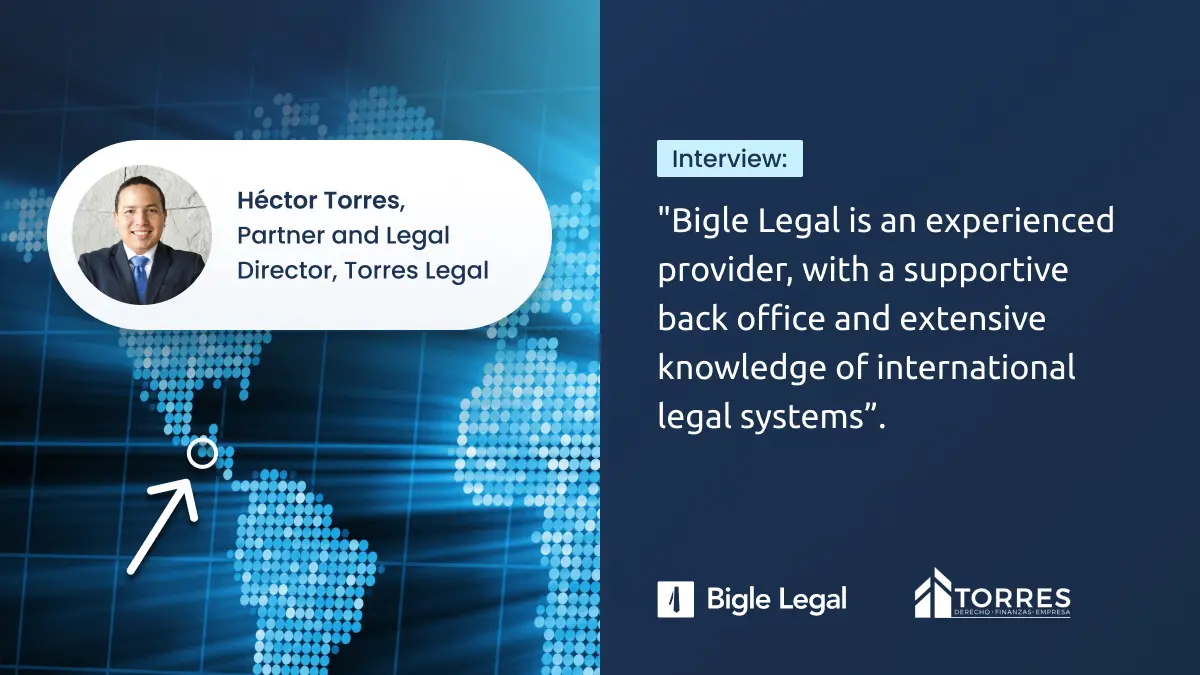3 keys to getting more budget for your legal department
We understand. Asking for a budget for your department sometimes feels like climbing a mountain: arguments in hand, figures under your arm and a steering committee that doesn't always see the value of legal beyond the risks. However, one clear thing is that the legal department plays a strategic role. With the right resources, it provides more than just compliance and legal guidance: it generates efficiency, saves costs, and is a key lever for business growth. In this article, we share with you three keys to building a solid, credible and convincing case that justifies investment in legal. Because yes, it is possible to get that extra budget you need to scale up your legal work. And it all starts with a good strategy. Let's find out.
This article is also available in Spanish.
What are the keys to getting a budget for the legal area?
- Speak the language of the business, not just the legal language
- Build a business case with data, not assumptions
- Ally yourself with other areas and seek strategic support
1. Speak the language of the business, not just the legal language
One of the most common mistakes when requesting a budget is arguing from a legal perspective, talking about compliance, regulations, and risks, when what the CFO or CEO needs to hear is concrete data on the impact of the legal department on the business.
The key is to translate legal needs into relevant metrics for management:
- Instead of saying ‘we need to digitise contracts for compliance’, say ‘a CLM solution can reduce contract cycle time by 40%, accelerating revenue’.
- Replace ‘we need more staff to review contracts’ with ‘with the current volume, we are creating bottlenecks that delay closures and create friction with sales’.
- It is not the same to ask for a budget for an ‘automation project’ as it is to ‘reduce management time by 30% and free up team time for strategic tasks’.
Tip: if you can translate the legal problem into a concrete loss - time, money or reputation - it will be much easier to convince.
You may be interested in: 5 keys to streamlining contract negotiations with AI
Build a business case with data, not assumptions
A good business case is the most powerful weapon you can have in your application. It should show what you need, why you need it and what return on investment it will generate for the business.
Think of these elements as must-haves:
➤ Clear diagnosis of the problem
What is happening? What is the bottleneck? What repetitive tasks are taking up the team's time?
Example: "60% of the legal team's time is spent on manual contract review tasks. Only 15% is spent on strategic advice."
➤ Cost of inaction
What happens if you do nothing? Is the business lost, risk increased, or operation slowed down?
Example: "For every week that a signature is delayed, we stop invoicing X euros. We have had 20 similar cases in the last quarter."
➤ Concrete proposal and estimated budget
Show what you need, with approximate figures, suppliers studied or alternatives compared.
Example: ‘We propose to implement a document management solution at a cost of X euros per year, with the possibility of ROI in less than 12 months.’
➤ Expected return
How much will be gained or saved? How much time will be freed up for more valuable tasks? Specify the ROI (Return on Investment).
Example: "Automating contract review will free up 400 hours/year. That's the equivalent of half a lawyer's time.
Tip: the more quantifiable and visual your case is, the stronger it will be. Don't be afraid to include graphs, comparative scenarios or testimonials from other areas.
3. Ally yourself with other areas and seek strategic support
Legal should not only go to budget negotiations. The more cross-cutting the benefit of the project, the easier it will be to obtain resources. Look for the so-called mirror areas, which share interests and needs with you, to concentrate efforts and achieve results sooner.
Does the proposed solution also benefit sales? Does it facilitate supplier onboarding with purchasing? Does it reduce shared risks with compliance? Add allies and multiply the impact.
How to gain internal support:
- Meet with key stakeholders before presenting the proposal. Listen to their needs and show how the legal solution can help them.
- Ask for direct support from influential people within the organisation: internal sponsors, financial management, operations...
- Include testimonials from other areas in the presentation of the business case: their support can be decisive.
And if you can also demonstrate that other departments have already received investment for digitisation or efficiency, seize the momentum. Legal is also part of the transformation process.
Tip: A joint presentation by Legal + another strategic department is more likely to succeed than a stand-alone request.
You may be interested in: Ebook: Legal's strategic collaboration with other departments
Bonus: What not to do when asking for a budget
❌ Not being specific: Avoid asking for ‘more budget’ without justifying and detailing what and why.
❌ Not talking in terms of ROI: Financial language is key to gaining support.
❌ Presenting the proposal unprepared: Make sure you know the budget timelines and who you need to convince.
❌ Using only legal arguments: Although valid, these are often not the ones that open the budget tap.
The legal area also needs to invest in growth and progress
The good news is that legal departments are no longer seen only as cost centres. Today, they are called to be catalysts for efficiency, digitisation and strategic value. But to do so, they need resources. Achieving budgets is not mission impossible, but it does require preparation, business acumen and persuasive skills. Speaking the language of management, building a solid business case and aligning objectives with other areas are the three pillars to achieve it.
Are you ready to take the plunge? At Bigle, we accompany legal teams in their transformation, and we can help you build the business case that will drive your proposal. Because change starts with a good strategy. And the time is now.
Contact us and find out how to digitise your legal operations management.
 By
By





